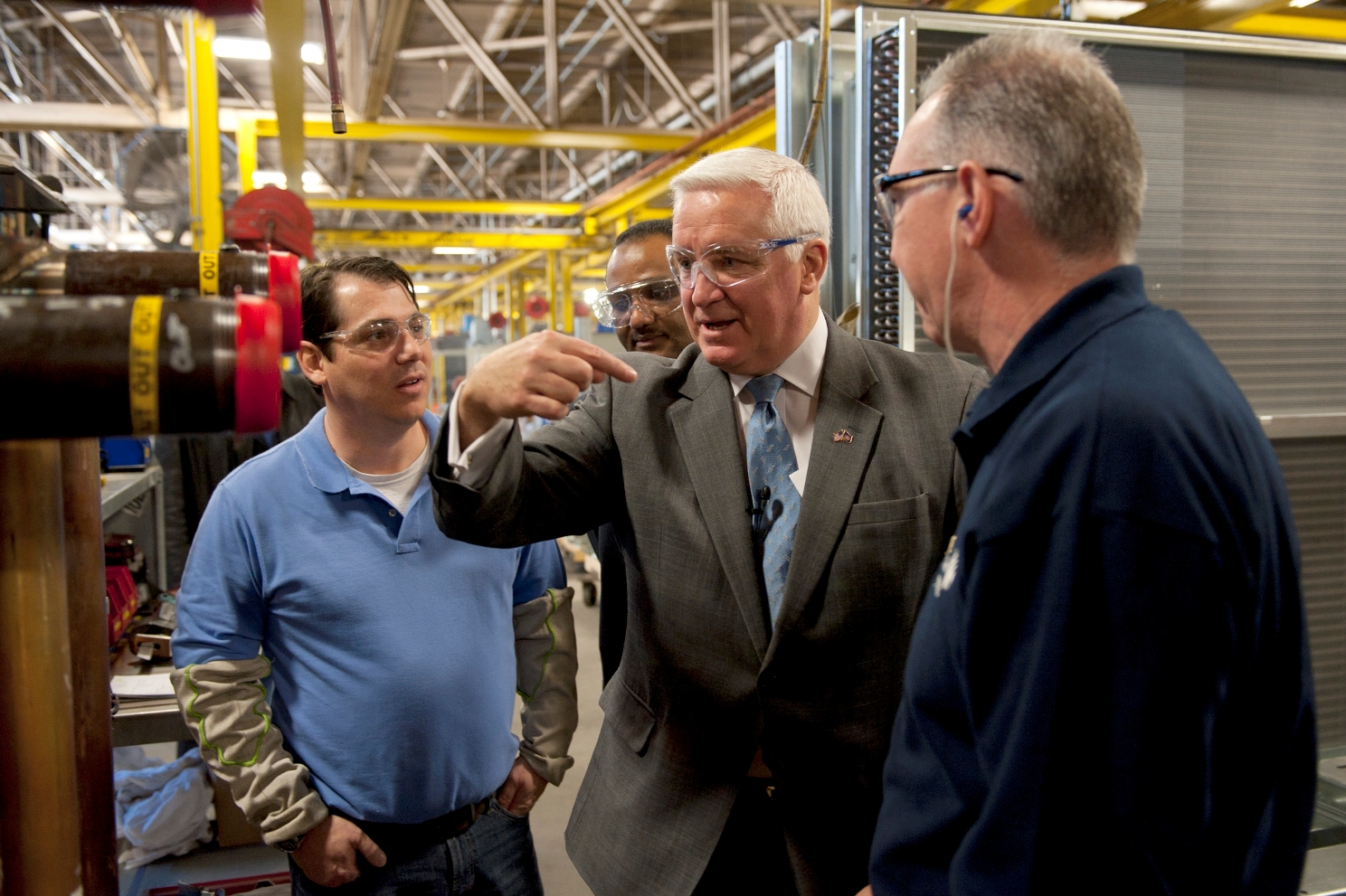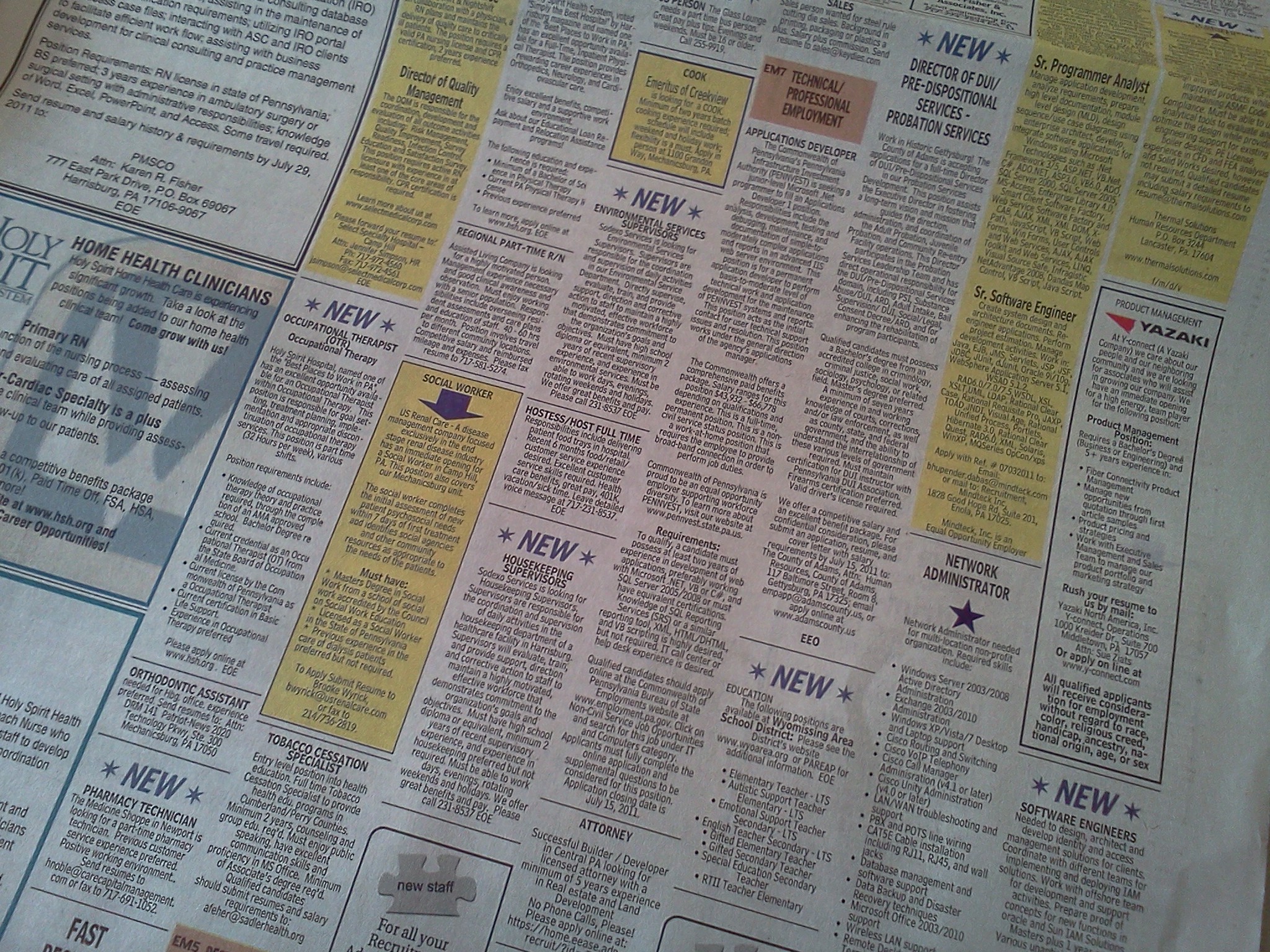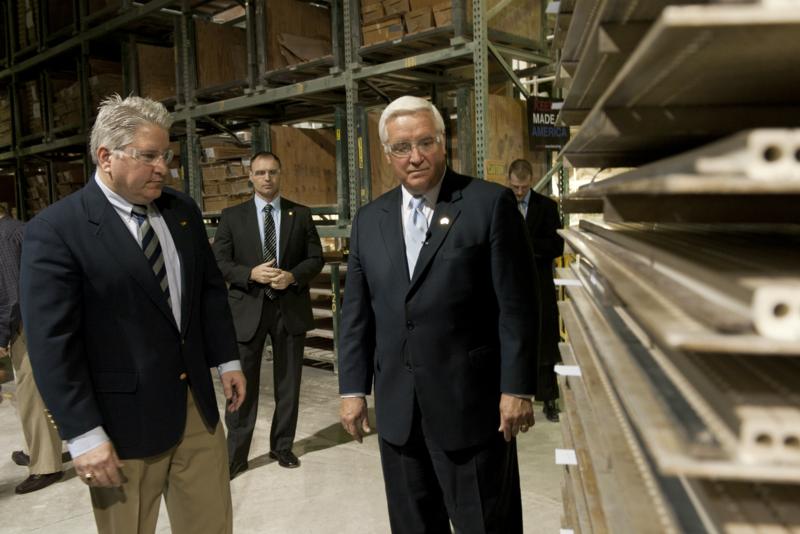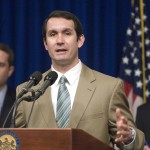Report Provides Roadmap to Grow Manufacturing Jobs
The manufacturing sector has actually posted employment gains in two consecutive years. It currently employs 574,000 Pennsylvanians, but Governor Tom Corbett says we can do better. Corbett and key members of his administration unveiled the Governor’s Manufacturing Advisory Council report at four, statewide events Tuesday afternoon.
The 24-member panel decided upon 15-recommendations that range from better career and technical education, to a statewide energy plan and tax policy changes. “We have a cross-agency, public-private team of folks working on implementation going forward,” says Team Pennsylvania Foundation president & CEO Matt Zieger. “So those [recommendations] that are not underway, will be underway very soon.”
Team PA has been funding and facilitating the council since Governor Corbett created it late last year. Zieger says the report is unique because many of the recommendations aren’t just about how the state can help the manufacturers, but how the manufacturers can help themselves.
One of the key issues raised in the report is the “skills gap” that was reported by 82% of Pennsylvania’s 15,000 manufacturers.
“My goal is straight forward; a healthy economy and a job for every Pennsylvanian that wants one,” Governor Corbett said. “This report provides a solid roadmap for us to work together and achieve that goal.”
The statewide jobless rate now stands at 7.9%, according to the latest data from the Department of Labor & Industry.








